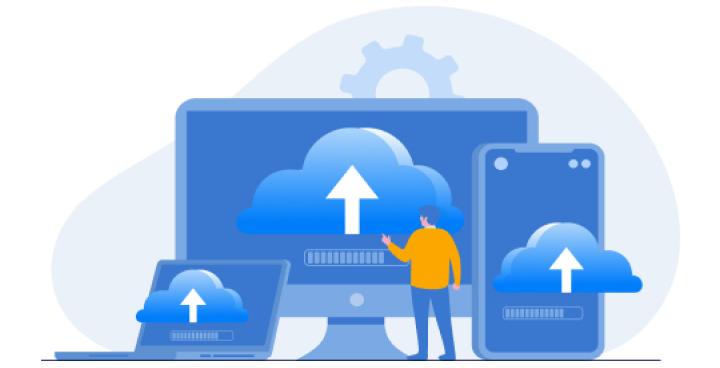Today, creating web applications is a key element of many IT companies' activities. The dynamic development of technology has resulted in many platforms available on the market that enable the construction of modern applications. Choosing the right platform is one of the most important steps in the application creation process, as it affects the performance, scalability and ease of maintaining the application. In this article, we will present the most important criteria that are worth considering to make the right decision.
1. Application type and its complexity
The first step in choosing a platform for creating a web application is to determine the type of application you want to create. Will it be a simple website, an e-commerce application, a social networking site or a complex business application? Understanding the complexity of the project will help you choose a platform that meets your needs.
If you are creating an application with low complexity, frameworks such as WordPress or Wix may be a good solution. They are easy to use, allow for quick implementation, and at the same time offer basic functionalities. For more complex projects that require high flexibility and scalability, it is worth considering platforms based on frameworks such as React, Angular, Vue.js or Django.
2. Programming language and technologies
Each platform is based on a specific set of technologies. The choice of programming language in which the application will be created is crucial for the entire project. Popular languages for creating web applications are JavaScript, Python, PHP, Ruby, Java, and C#.
- JavaScript (with frameworks such as React, Angular, and Vue.js) dominates the frontend. Thanks to its wide use, applications are interactive and dynamic.
- Python with the Django or Flask framework is an ideal solution for those who value simplicity and speed of prototyping.
- PHP (with the Laravel framework) is a good choice for web applications that require a solid backend, such as content management systems (CMS) or online stores.
- Ruby on Rails is a great choice for applications that need to be developed quickly, although it may not be the best for projects that require high scalability.
- Java and C# are often chosen for business-critical applications, especially in large corporations.
The choice of technology also depends on the competence of the team. If your team has experience with one of these languages, they will naturally gravitate toward a platform based on that technology.
3. Scalability and performance
One of the most important aspects of choosing a web application development platform is its ability to scale. An application that supports hundreds of users today may need to scale to thousands or millions in the future. Some platforms, such as Node.js or Elixir, offer high performance and scalability, making them ideal for applications with large numbers of users and heavy network traffic.
Consider whether your application will need to support high traffic in the future, and whether the platform you choose can adapt to the growing needs. Microservices-based platforms, such as Spring Boot or ASP.NET Core, can be particularly beneficial for projects that require high flexibility and scalability.
4. Security
Security of a web application is crucial, especially for applications that process sensitive data, such as banking, healthcare, or online stores. It’s important that the platform you choose offers built-in security mechanisms to protect your app from attacks like SQL Injection, Cross-Site Scripting (XSS), and Cross-Site Request Forgery (CSRF).
Some platforms, like Django, have built-in security features that automatically protect against common types of attacks. Others, like Express.js (Node.js), require more care from the developer in terms of security configuration. Make sure the platform supports the latest security standards and has active updates.
5. Community and support
Consider choosing a platform that has a large and active community. This will make it easier to find a solution if you run into problems or use available resources like documentation, discussion forums, and tutorials. Popular frameworks like React and Angular have large communities and support from both the developers and the technology companies. Smaller platforms may have limited resources and support, which can be a problem if you run into problems.
Additionally, check if the platform has regular updates and long-term support (LTS). Avoid technologies that are outdated or uncertain in terms of development.
6. Cost of maintenance
Different platforms can have different maintenance costs. The costs include:
- Hosting: Some technologies require specific environments to run, which can affect your choice of hosting (e.g. cloud servers, dedicated servers).
- Human resources: The development team should have the skills to handle the chosen platform. The cost of acquiring or training developers may be higher in the case of less popular or more advanced technologies.
- Tools and licenses: In some cases, it may be necessary to use paid tools or frameworks, which can increase the project costs.
Choosing the right platform for building web applications depends on many factors, such as the type of application, technology, scalability, security, and costs. Each platform has its advantages and limitations, so the key to success is to thoroughly understand the needs of the project and the capabilities of the development team. Regardless of the choice, remember that the most important thing is to create an application that is stable, secure, and easy to maintain, and also meets the expectations of users.

